13 Technologies of the 2010s That Are Already Obsolete

There’s been a lot of development in the world of technology throughout the last decade. It may be hard to believe, but you couldn’t even order an Uber until June 2010. Even weirder? iPads weren’t available until April of that same year! But with all the advancements in technology in the last decade, it’s only natural that some innovations have become obsolete, or at least, aren’t used in the same way—even inventions from the 2010s! From beloved social media apps (R.I.P. Vine) to ideas that never really took off as planned (sorry, 3D TVs), here are some of the once buzz worthy technologies that launched in the 2010s only to be abruptly become obsolete.
1
Vine

Vine may have been the biggest technological heartbreak of the 2010s. Launched in 2013, the app allowed users to share six-second, looped video clips—and it became so popular that it even launched a new form of social media star. That rapid rise to popularity made Vine’s demise all the more shocking. Four years after co-founder Rus Yusupov sold the app to Twitter, the social media company released a statement in Oct. 2016 that it would be shutting down the once-beloved app. Yusupov’s response? That same day, he tweeted: “Don’t sell your company!”
2
Windows Phone
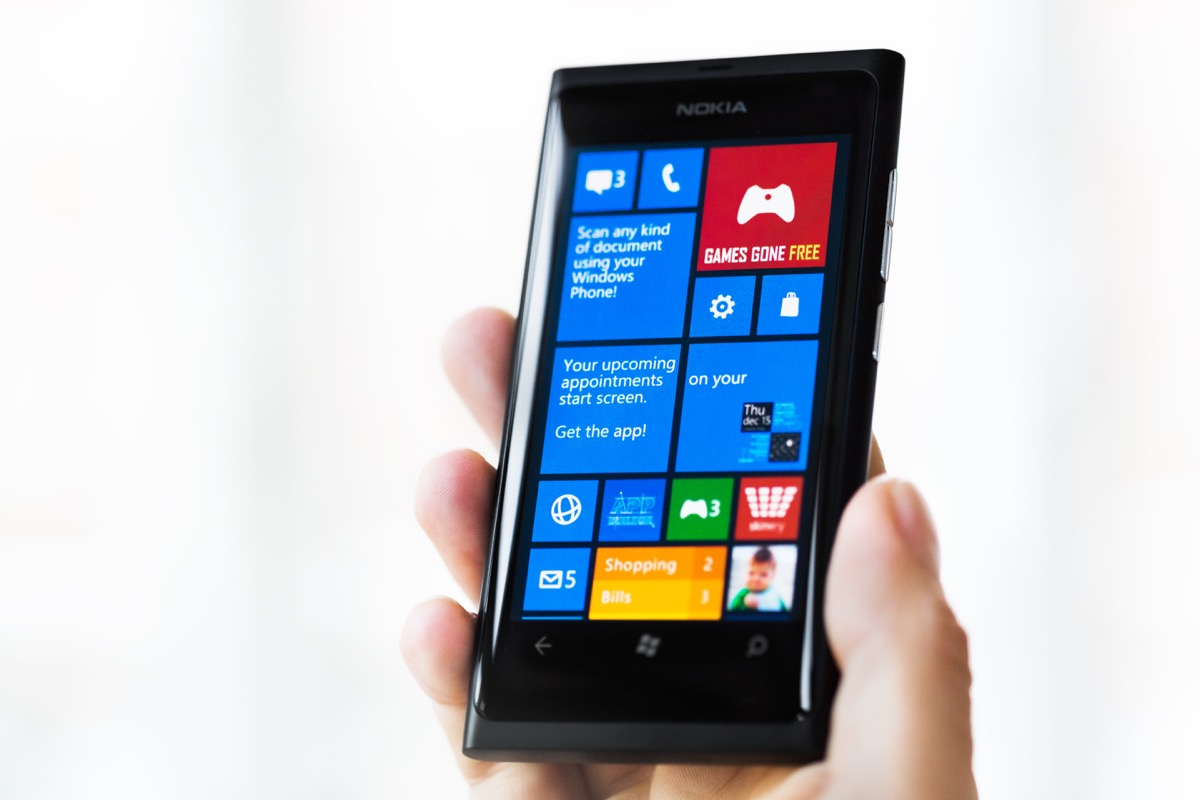
These days, the fight to be top dog in the smartphone game is between Apple and Android, but in the fall of 2010, Microsoft threw its hat in the ring as well with the Windows Phone. However, things changed in 2017 when Microsoft’s senior executive Joe Belfiore revealed in a series of tweets that the company would no longer develop new features for its computer operating system, Windows Mobile. And while the company continued to release bug and security fixes over the years, Microsoft officially announced that there would be a complete shutdown of the Windows 10 Mobile operating system by the end of 2019.
3
Microsoft Kinect

Once upon a time we were all dancing along to the Microsoft Kinect on our Xbox 360s. This motion-sensing technology launched in 2010 and provided users with a more immersive, physically active gaming experience. It even set a Guinness World Record in 2011 for being the fastest-selling gaming peripheral, selling 133,333 units per day in its first 60 days on the market. However, it wasn’t long before those sales began petering out, especially in 2017, when Microsoft stopped bundling it with the Xbox console. Eventually, the company chose to shut down all manufacturing of the device itself, as well as the adapter necessary for use on newer consoles.
4
3D Televisions

3D televisions were supposed to be the thing in home entertainment in the 2010s. After the record-breaking success of the 3D movie Avatar in 2009, television manufacturers like Panasonic and LG started production on 3D home TVs. But with many consumers having just bought new HDTVs in the late 2000s because of the analog-to-digital transition, it proved to be an unwise business move. By 2017, most major TV manufacturers had ceased production of 3D televisions. It seems Avatar in HD at home was just fine for most Americans. And for more technologies that were D.O.A., check out the 20 Long-Predicted Technologies That Are Never Going to Happen.
5
Sidecar

While some rideshare apps that launched in the 2010s are still thriving (we’re looking at you, Uber and Lyft), not every platform was made to last. One example? Sidecar, the 2013 app that tried to differentiate itself from its competitors. From unique features like setting your own rate to collecting favorite drivers, it ultimately required too much effort on the users’ part. In 2015, co-founders Sunil Paul and Jahan Khanna announced they would be shuttering the app for good.
6
Yo
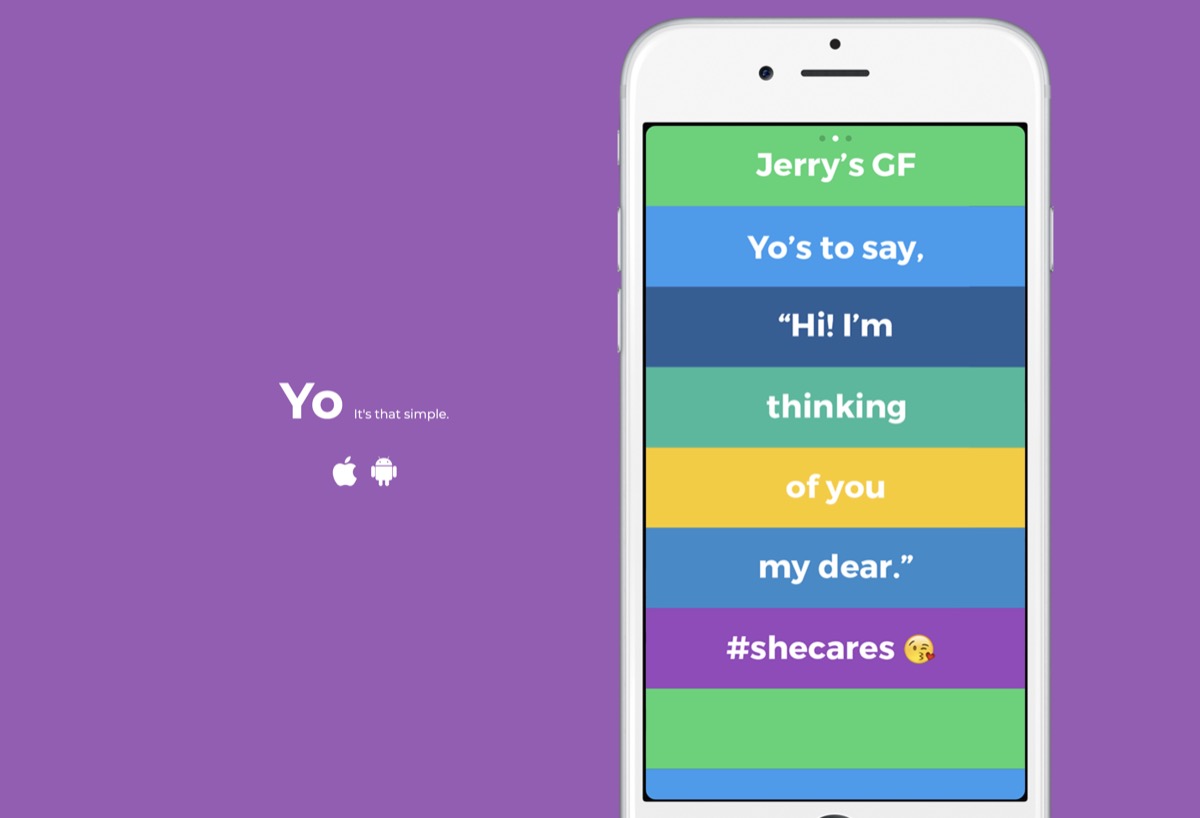
What was the premise of the app Yo, you ask? Simply, to let users say “yo” to each other. Moshe Hogeg came up with it as an easy way to notify his assistant that he needed help. The app reportedly earned $1.5 million from investors in its first year in 2014 and reportedly had 2.7 million registered users. However, by 2018, the company was pleading with users to donate money through Patreon to keep Yo alive. But, with only 46 patrons out of the 5,000 Yo needs to survive, it seems like they’re delaying the inevitable.
7
Yik Yak
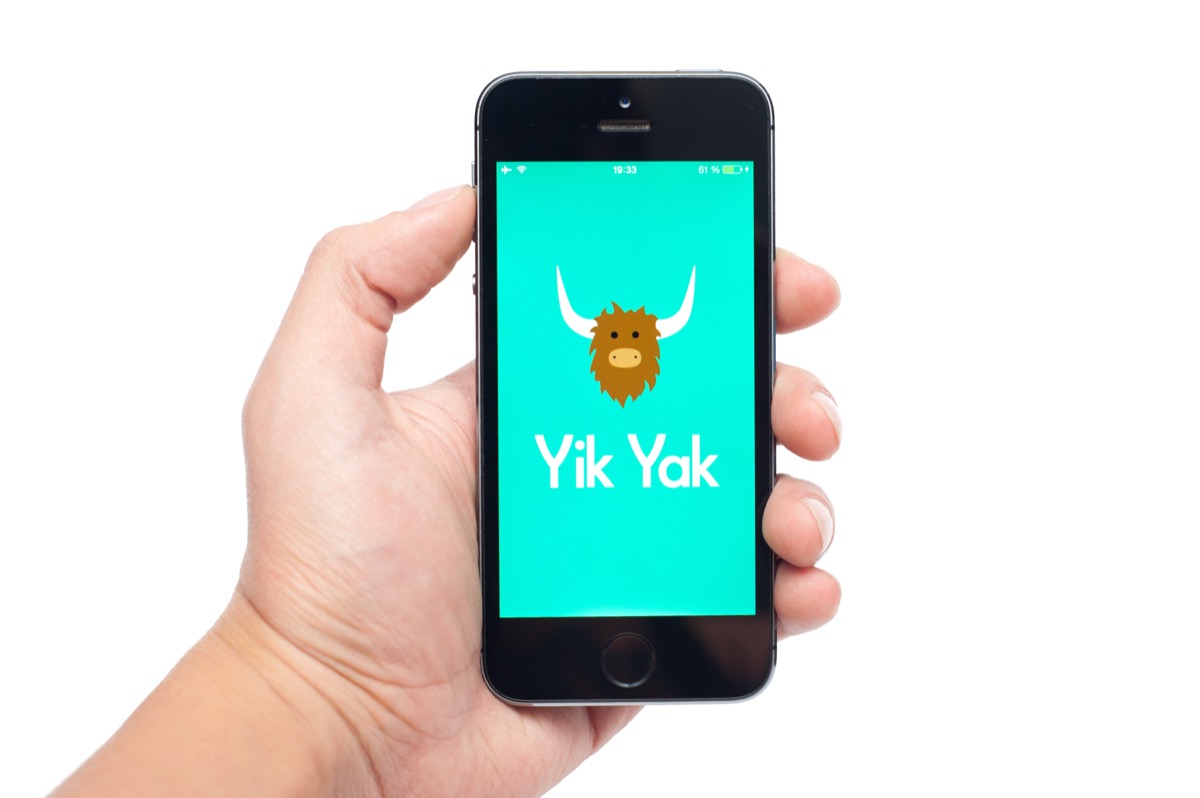
If you’ve talked to a college student in the last decade, you’ve likely heard about Yik Yak. The app, which launched in 2013, allowed people to post anonymous messages geographically in small communities (i.e. college campuses). But by 2014, the troubles of the anonymous messaging site were becoming all too clear when some schools had to go into lockdown because of threats posted on the app. As a result, the platform veered away from the anonymous nature it was known for. But it wasn’t long before creators Brooks Buffington and Tyler Droll announced they’d be ceasing operations in 2017.
8
Moves

Moves had a dedicated fanbase when it launched in 2013. The free fitness app automatically tracked your movements, assessed what activity you were doing (running, walking, cycling, etc.), and provided fitness summaries at the end of each day. However, the app was bought by Facebook in 2014, which became less focused on updating the activity-tracking app. Not to mention it was more or less rendered obsolete by iPhone’s Health app that comes already installed on iPhones. So it was no surprise when Facebook announced in 2018 that they would be shutting down operations on Moves.
9
Google+

There are very few areas in the tech game that Google hasn’t tried to branch out into. In 2011, for example, the company launched Google+, its very own social media platform. However, after a security breach leaked the personal data of nearly 500,000 users in 2018, things started going downhill. And after another breach exposed the personal data of more than 52.5 million users later that year, Google announced they would be shutting down Google+ in April 2019.
10
YouTube Gaming
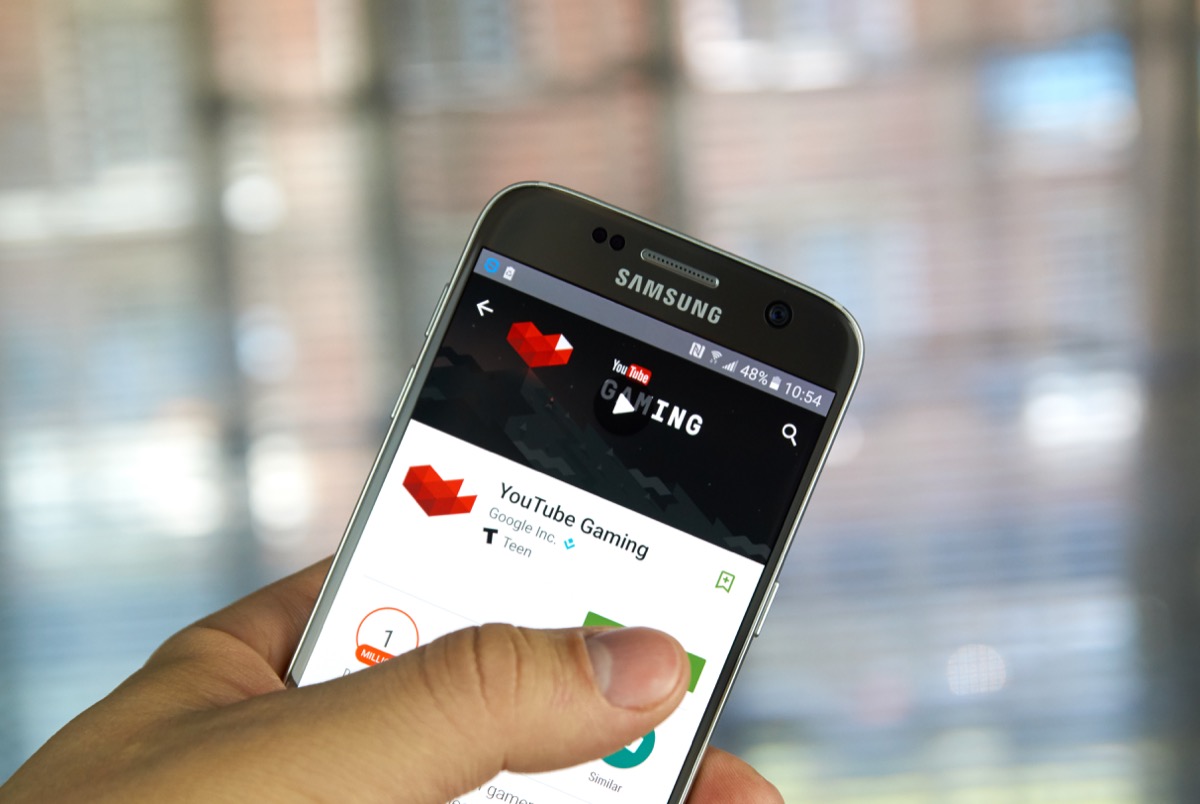
With the rise of live-streaming gaming videos on its platform in the early 2010s, YouTube decided to launch its own standalone gaming app in 2015. However, the spinoff apparently created confusion within the gaming community—so, many users continued to solely view gaming-specific content on the main YouTube app. Essentially, a separate destination for gamers to view content wasn’t necessary, so YouTube announced in 2019 that it would shut YouTube Gaming down and integrate the service into its main platform.
11
Beme
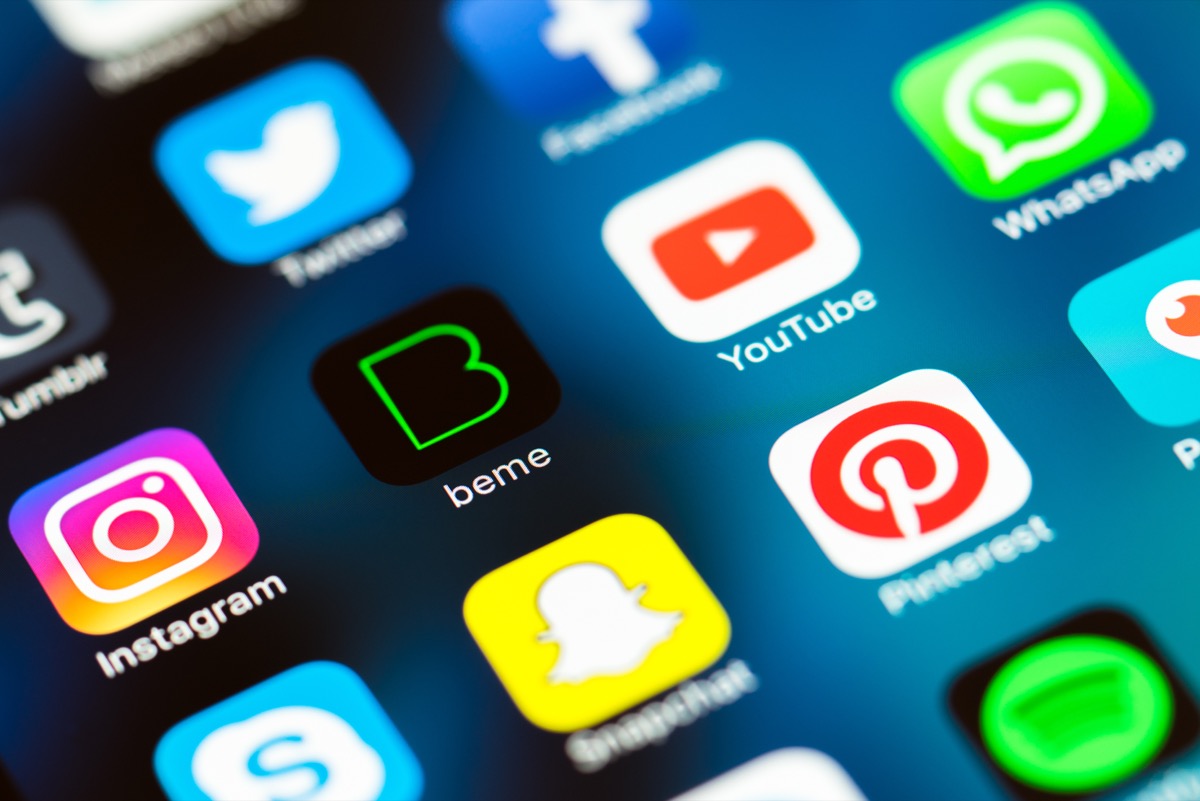
Beme was the brainchild of YouTube personality Casey Neistat. It launched in 2015, and was created as a way to break the mold of the “perfect creator,” where users would post videos between two and eight seconds long without the option to edit or preview the content before it went live. A week in, Beme had amassed 1.1 million video creations, but even that couldn’t help the obscure platform take off. Two years later, Beme was shutdown and removed from app stores.
12
Klout Perks

Nowadays, it’s all about who has that verified blue checkmark when it comes to social media. However, in the early 2010s, it was all about your Klout score. The site analyzed data from social media networks and rated users’ “overall online influence” on a scale of one to 100. In 2010, two years after Klout launched, the site started allowing users to gain Klout Perks as their scores got higher, which gave them access to rewards. However, the perks program was discontinued in 2015 after Klout was bought out by Lithium Technologies in 2014. Ultimately, the entire site shut down in 2018.
13
Uber’s Self-Driving Trucks

Uber started working on its autonomous driving technology in 2016, after purchasing the self-driving truck startup Otto in August of that year. A few months later, in October, Uber’s first big test run saw a self-driving truck deliver a shipment of Budweiser beer 120 miles away. However, between legal battles over patent infringement accusations and a fatal crash in 2018, Uber decided to officially shut down its self-driving truck venture. It’s still, however, working to perfect the self-driving car technology.